One of the great joys of living in Shanghai is the availability of 小笼包, or xiaolongbao. Literally translated as “small basket buns,” these beloved snacks are more commonly known as soup dumplings. They are a Shanghainese specialty and the other day I set out to learn how to make them.
I attended a two-hour class at the Chinese Cooking Workshop dedicated solely to making xiaolongbao. In a previous cooking class we made two different kinds of dumplings, but xiaolongbao are so special and difficult to make they get two hours unto themselves.
After donning our aprons in the light-filled space, our instructor, Mike, explained the secret behind the juicy little buns. You start by preparing the dough, made from wheat flour and water. After getting the ingredients properly mixed – the dough can’t be too wet or too dry – you roll it and knead it until perfectly smooth, then roll and cover in plastic wrap to prevent drying out.
The filling was easier to assemble, mostly because the key ingredient had been prepared for us in advance: pork jelly. The gelatinous white substance, made from pork skin, ultimately melts into the soupy broth for which xiaolongbao are known. We seasoned the ground pork and pork jelly with rice wine, soy sauce, sesame oil, salt, sugar, white pepper, grated ginger and chopped green onions. It is important to mix well, although stirring in only one direction will result in the optimal texture.
The individual dumpling wrappers are made by rolling the dough into a log and cutting off eight uniform pieces. These are then pressed into perfect circles. Mike whipped his out in seconds while the rest of us struggled to get the dimensions just right. Once we had our wrappers made, we filled them with a spoonful of the meat mixture and tried to close them to Mike’s exacting standards. The key is to fold and pinch the wrapper closed, making sure that each fold is the same size. The end result should be round with even pleats, and a small hole in the top to let steam escape during cooking. Without the hole, the dumplings might burst and lose their soup. Needless to say, the folding and pinching was more challenging than it sounds.
Once all eight – or in my case, seven – dumplings were ready, we placed them in bamboo baskets lined with vented rice paper to keep them from sticking to the bottom. The baskets were stacked and placed in boiling water for 10 minutes. Then it was time to eat! All but three of my xiaolongbao had lost their precious soup, and I hadn’t used enough meat filling so the result was a little doughy. Mike’s, on the other hand, were spectacular. Din Tai Fung won’t be calling me anytime soon, but with a little practice I may be able to impress my hubby. Now all I need is the bamboo basket.
Chinese Cooking Workshop Address: 2 Dongping Lu, Shanghai, China Pricing: most dim sum classes are 150 RMB per person (24 USD)
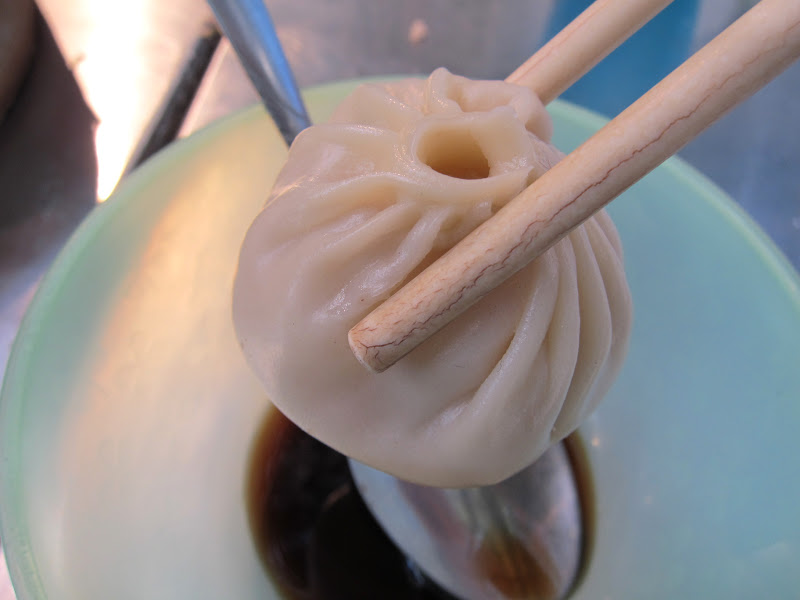
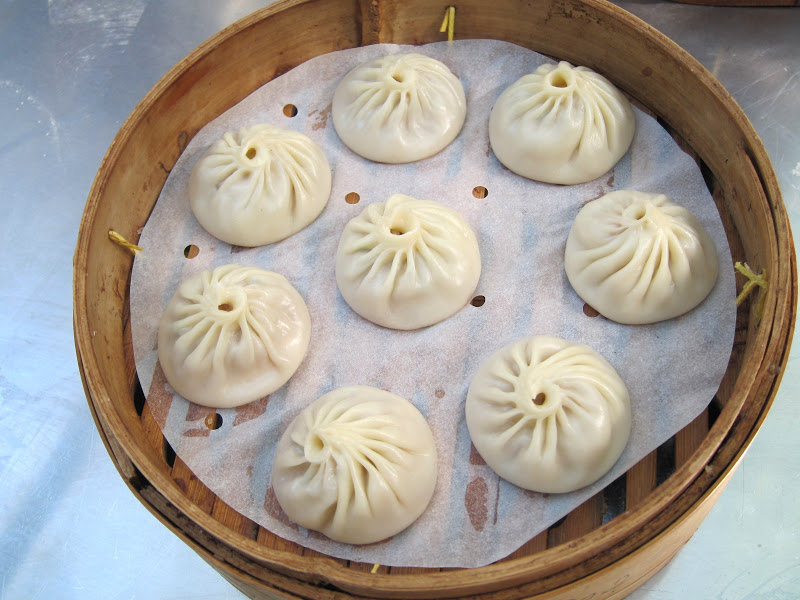
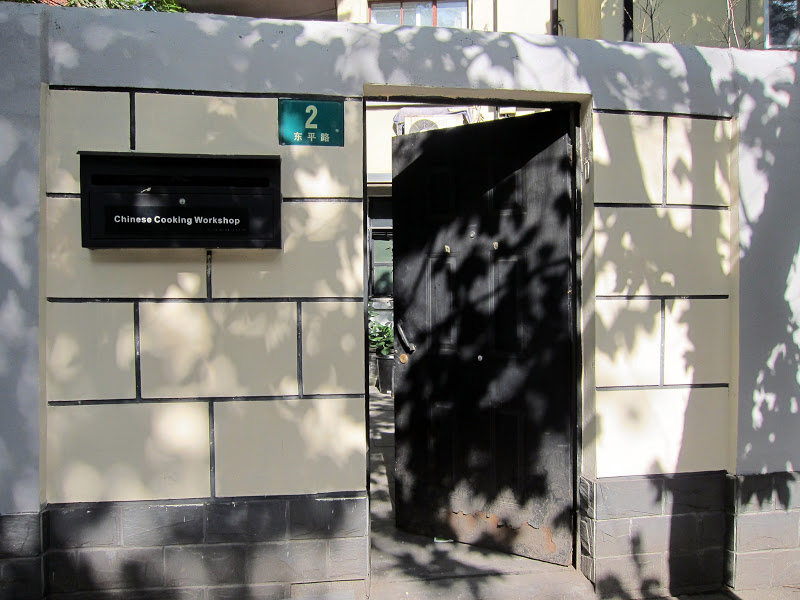

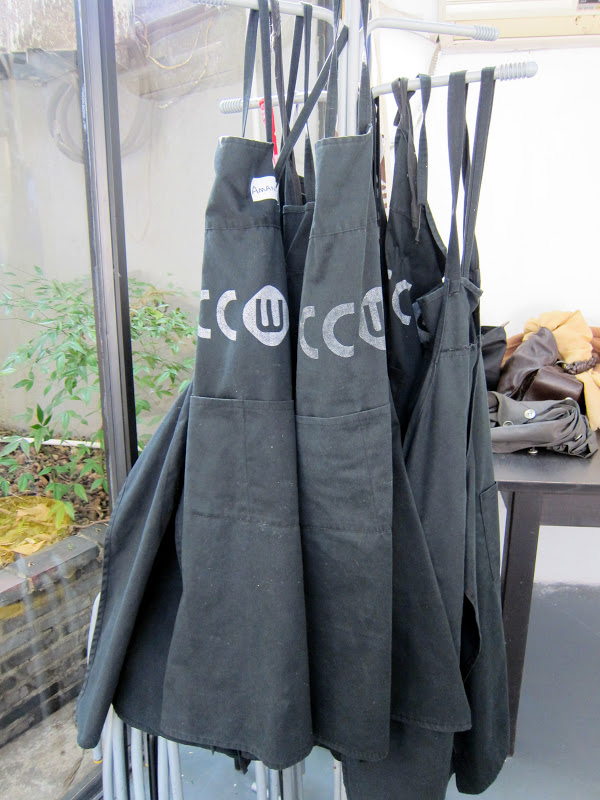
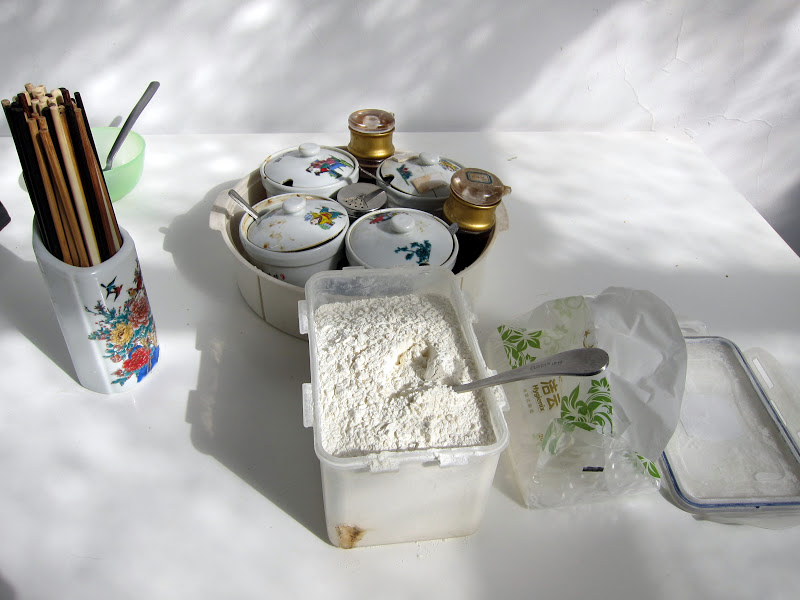
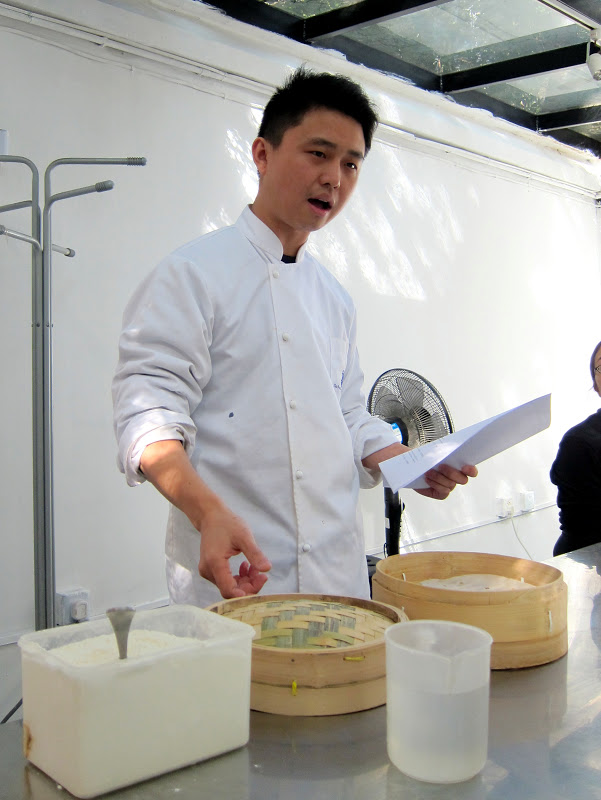
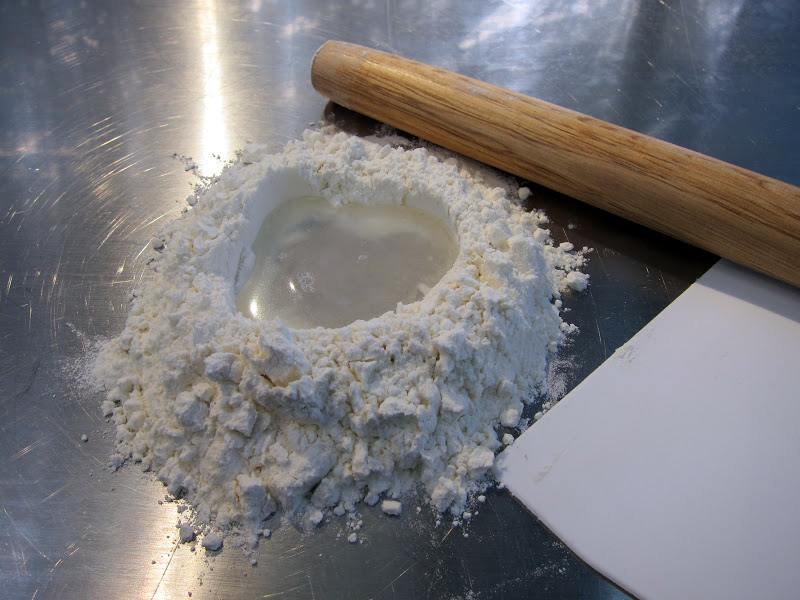
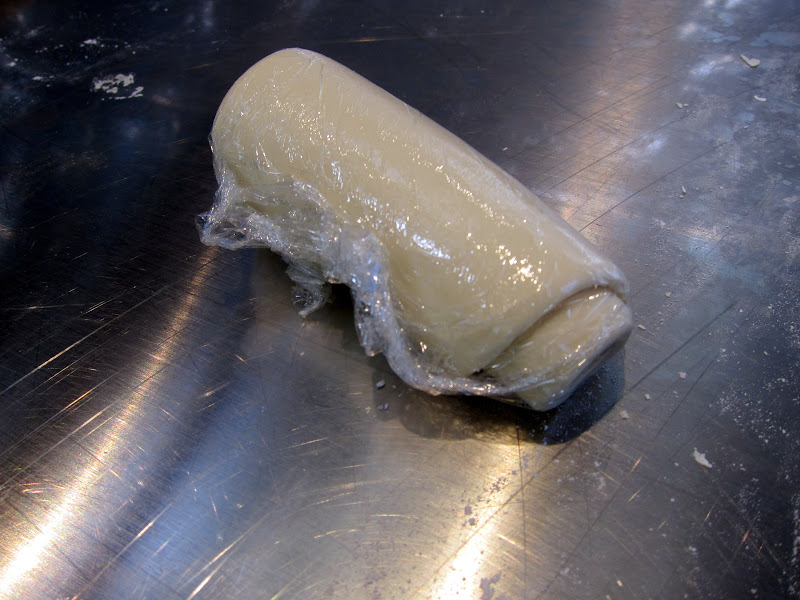
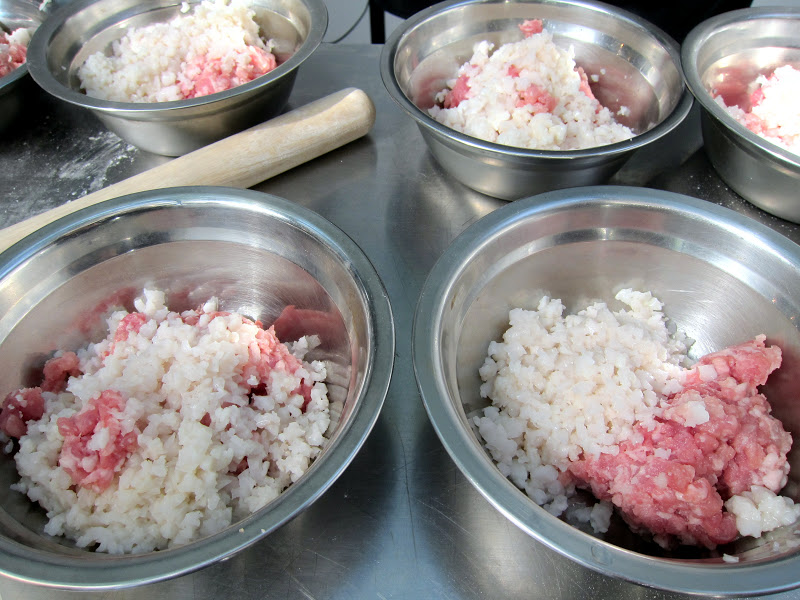
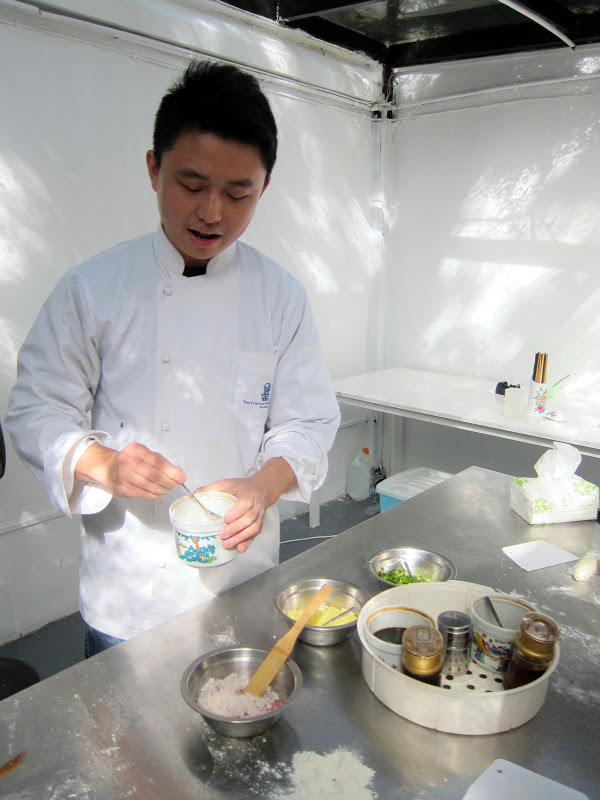
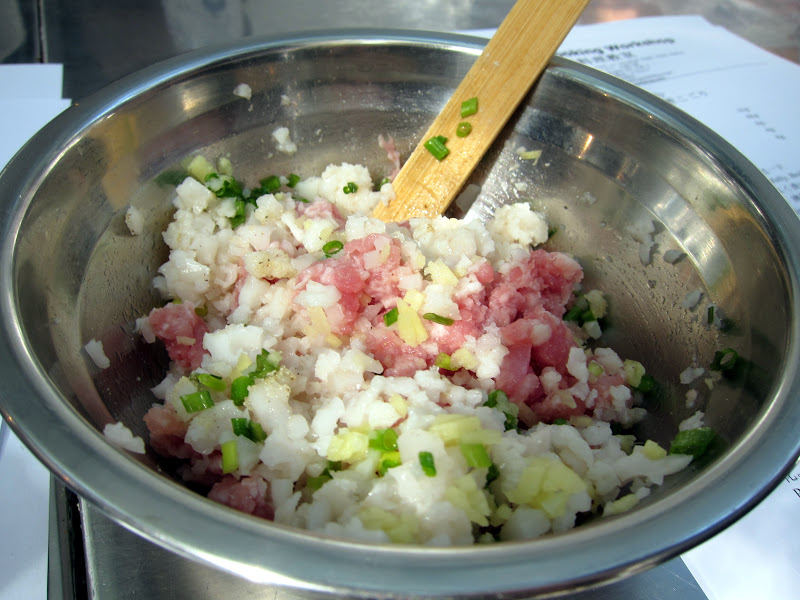
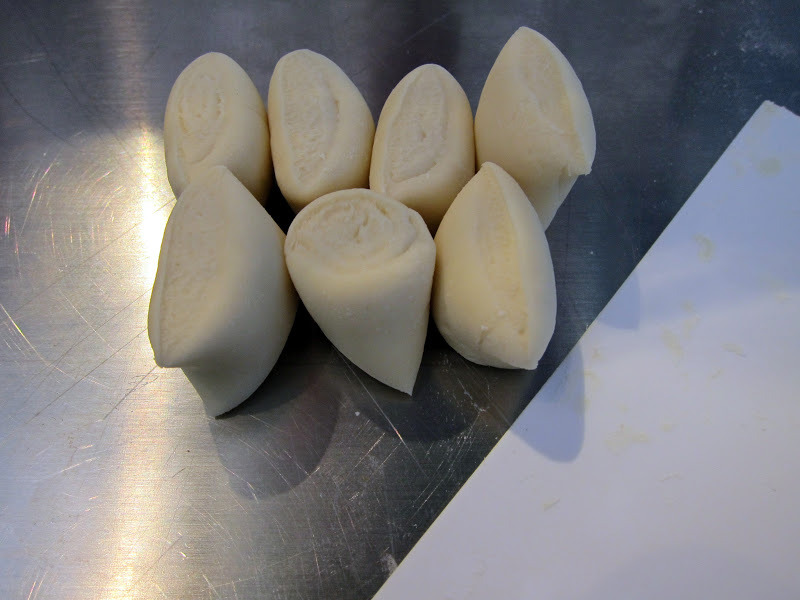
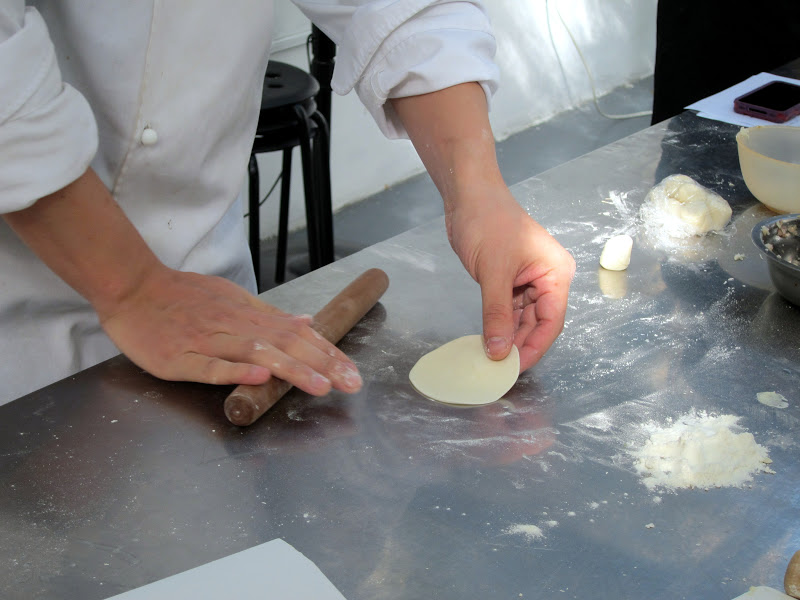
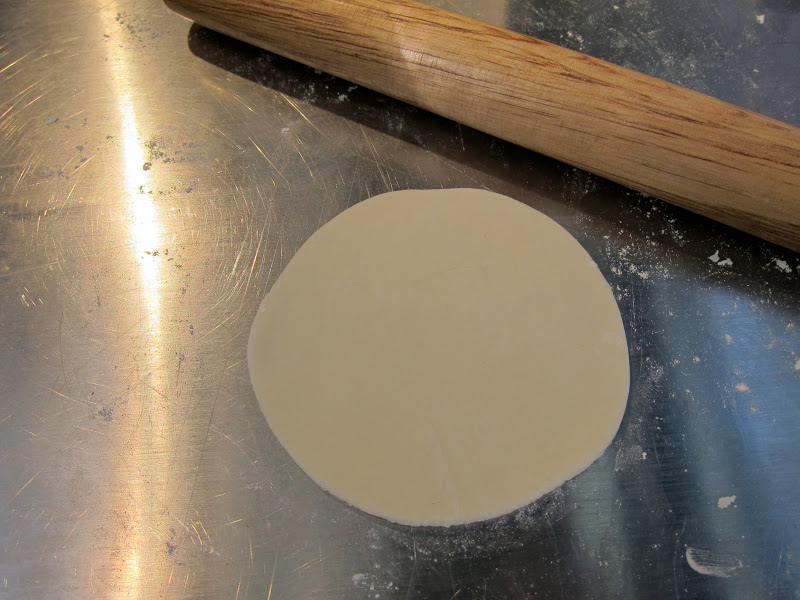

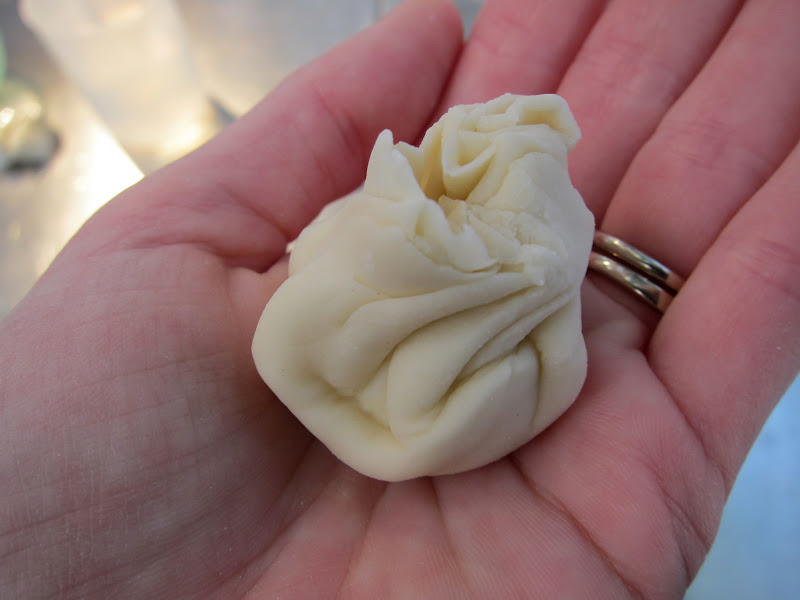
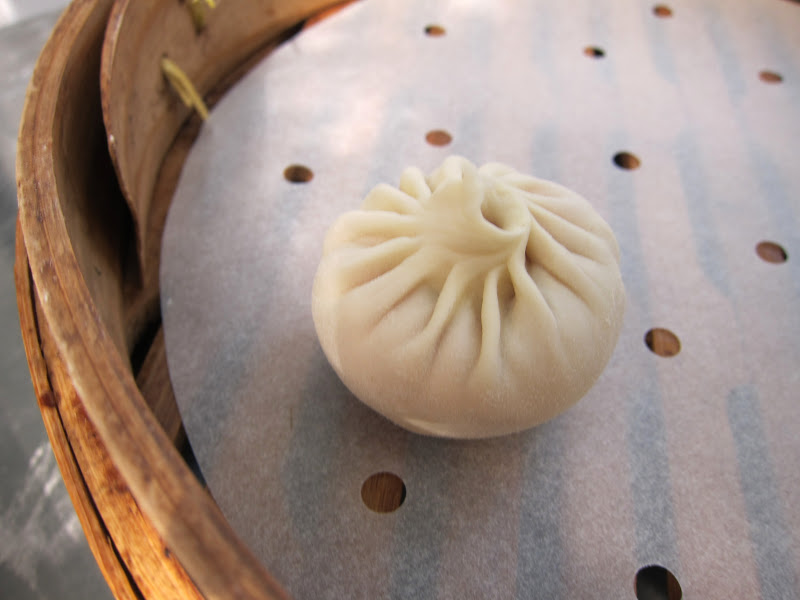
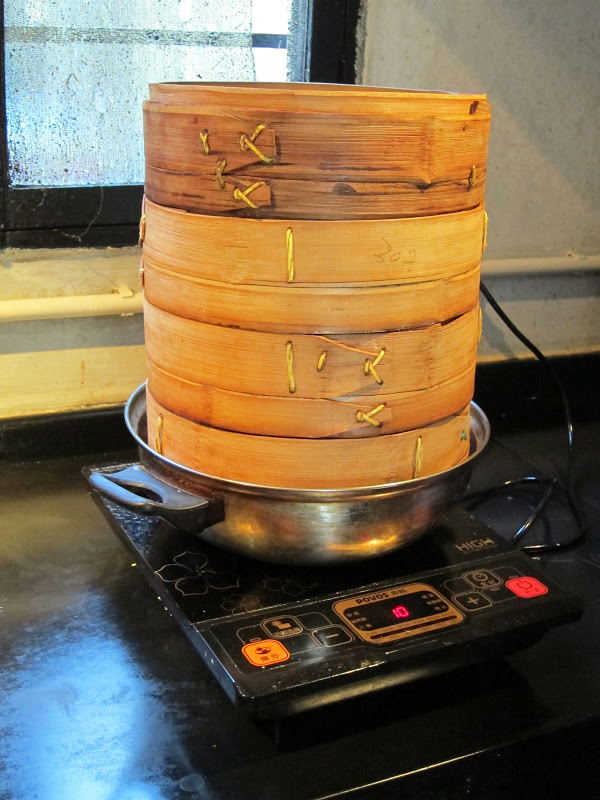
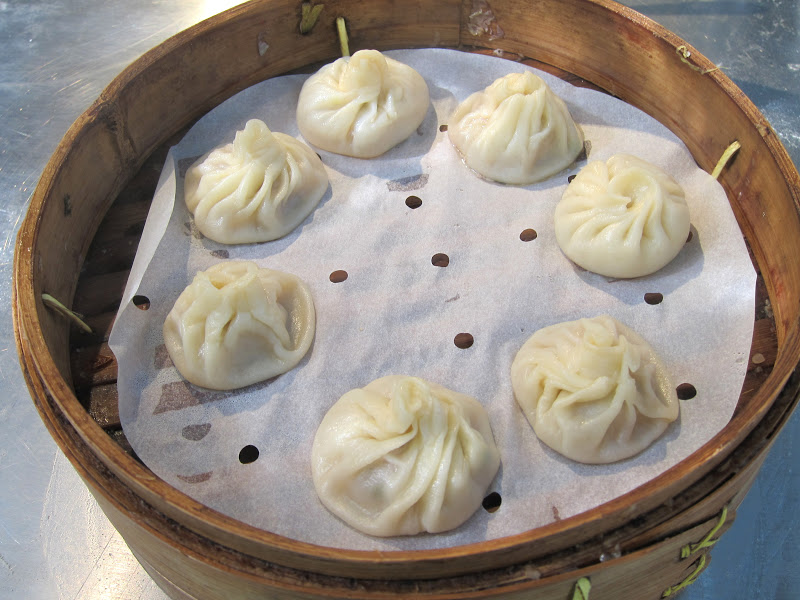
Very cool! I don’t think I’ve eaten these before. Where does the “soup” part come in? There’s something similar in Vietnam (banh bao) and it’s filled with ground pork, mushrooms, quail eggs, etc. Makes for a nice snack!
The white globs of pork “jelly” melt during steaming and make the “soup.” It’s kind of like a pork version of chicken broth and there should be about a tablespoon’s worth inside. One is a nice snack; 10 are dinner!
I thought I had Xiao Long Bao when in Shanghai but mine looked a bit more like a cube. Now I have no clue what I was eating. I still really enjoyed them but found them a bit of a challenge to eat with the hot liquid going everywhere the first time I bit into one.
Is there a trick to eating the Xiao Long Bao?
Can you tell from this picture if I am wrong about it being Xiao Long Bao?
https://keith.geezas.net/trip/china/shanghai-suzhou/pages/IMG_1705.htm
I wasn’t able to see the photo, but I’m guessing what you had were shenjian, a friend version of the soup dumplings. They are filled with the same ingredients as xiaolong bao, but the dough is thicker and the bottom is crunchy. Shenjian dumplings are fried on the bottom in a big wok and covered with scallions and sesame seeds. Does that sound like what you had?
The best way to eat soup dumplings is to tear a small hole in the top with your teeth or chopsticks to release the scalding steam, then carefully dunk in soy sauce and eat in one bite. (The shenjian might need two bites since they are bigger.) It’s okay to use a spoon too, many restaurants will provide one.
Thanks for the reply. It must have been Shenjian dumplings from your description. Someday maybe I will return to Shanghai and try the Xiao Long Bao dumplings. I loved the Shenjian dumplings and would return for these alone.
What a fun thing to do. I love dumplings – my favorite food when in China. Overall, I think your attempt at closing was pretty good. Too bad about losing the soup – one of the best parts of dumplings. Mom
My little dumplings that lost there soup definitely weren’t as tasty. I’ll just have to keep practicing! The local markets sell pre-made wrappers which should make the process easier. Though I don’t know about that pork skin jelly…
What a great post ~ and experience! I think the photo of your first dumpling attempt really illustrates the challenge of making these. But from the last (bamboo basket) photo, it would seem that practice makes perfect ~ or almost! Boy, these look delicious. (Must be almost dinner time…)
Thanks! I really enjoyed this class. We made five or six practice versions before making the ones we cooked. That helped, but I could definitely use some more instruction before attempting them at home. I might take this class again actually.
How do you get the pork jelly?
Hi Kenneth, I’m pretty sure you can buy it in Chinese grocery stores. It’s mostly just pork fat (lard).